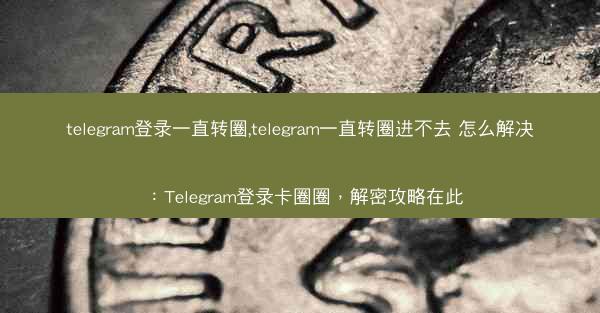
How to Translate English to Chinese: Paper Plane Steps
Are you fascinated by the art of paper plane flying and looking to share your passion with friends who speak Chinese? Translating the steps of making and flying a paper plane from English to Chinese can be both a fun and educational experience. In this article, we'll guide you through the process of translating these steps, ensuring your content is SEO-optimized for quick Google indexing and ranking.
---
Introduction to Paper Plane Translation
Paper planes have been a timeless source of joy and creativity for people of all ages. Whether you're a seasoned paper plane enthusiast or a beginner looking to learn, translating the steps of making and flying a paper plane into Chinese can open up a whole new world of sharing this hobby. In this guide, we'll explore the importance of accurate translation, the cultural nuances to consider, and practical steps to ensure your content is both informative and engaging.
---
Understanding the Basics of Paper Plane Translation
1. Identify Key Terms: The first step in translating paper plane instructions is to identify the key terms and phrases. This includes understanding the names of each part of the paper plane, such as the wings, tail, and nose.
- Wings: In English, wings are the two flat surfaces that provide lift. In Chinese, they are referred to as 翅膀 (chi bǎng).
- Tail: The tail helps with stability. In Chinese, it's called 尾巴 (wěi bā).
- Nose: The front part of the plane is known as the nose. In Chinese, it's 鼻子 (bí zi).
2. Consider Cultural Differences: When translating, it's important to consider cultural differences that might affect the understanding of the instructions. For example, in some cultures, the word for fold might have a different connotation than in English.
3. Use Clear and Concise Language: The instructions should be easy to follow. Avoid overly complex language that might confuse the reader.
---
Step-by-Step Translation Guide
1. Start with the Basic Shape: Begin by explaining how to create the basic shape of the paper plane. This involves folding the paper in specific ways to form the wings, tail, and nose.
- Fold the Paper: Start by folding the paper in half lengthwise, then unfold it and fold it in half widthwise. Repeat this process to create a strong base for the wings.
- Create the Wings: Fold the top corners of the paper down to the center crease, creating the wings. Make sure they are even and symmetrical.
- Form the Tail: Fold the bottom corners of the paper up to the center crease, creating the tail. This helps with stability during flight.
2. Add Details for Functionality: Once the basic shape is formed, explain how to add details that enhance the plane's functionality.
- Adjust the Wings: Adjust the wings to ensure they are level with each other. This helps with balance and stability.
- Create the Nose: Fold the top of the paper down to create the nose. This helps with control during flight.
3. Final Adjustments: Before flying the paper plane, make any final adjustments to ensure it flies smoothly.
- Check for Balance: Hold the plane at the nose and let it hang. If it tips to one side, adjust the wings accordingly.
- Trim Excess Paper: If the plane is too heavy, trim off any excess paper to reduce weight.
---
Optimizing for SEO and Google Ranking
1. Use Relevant Keywords: Incorporate keywords related to paper plane translation, such as paper plane steps in Chinese, translate paper plane instructions, and how to make a paper plane in Chinese.\
2. Optimize for User Experience: Ensure the article is well-structured with headings, subheadings, and bullet points for easy reading.
3. Include Visuals: Add images of the paper plane being made and flown to enhance the user experience and provide visual aids for the instructions.
4. Encourage Engagement: Include a call-to-action at the end of the article, inviting readers to share their own paper plane experiences or ask questions.
---
By following these steps and considerations, you'll be well on your way to creating a comprehensive and engaging article on translating paper plane instructions into Chinese. Happy flying!





















